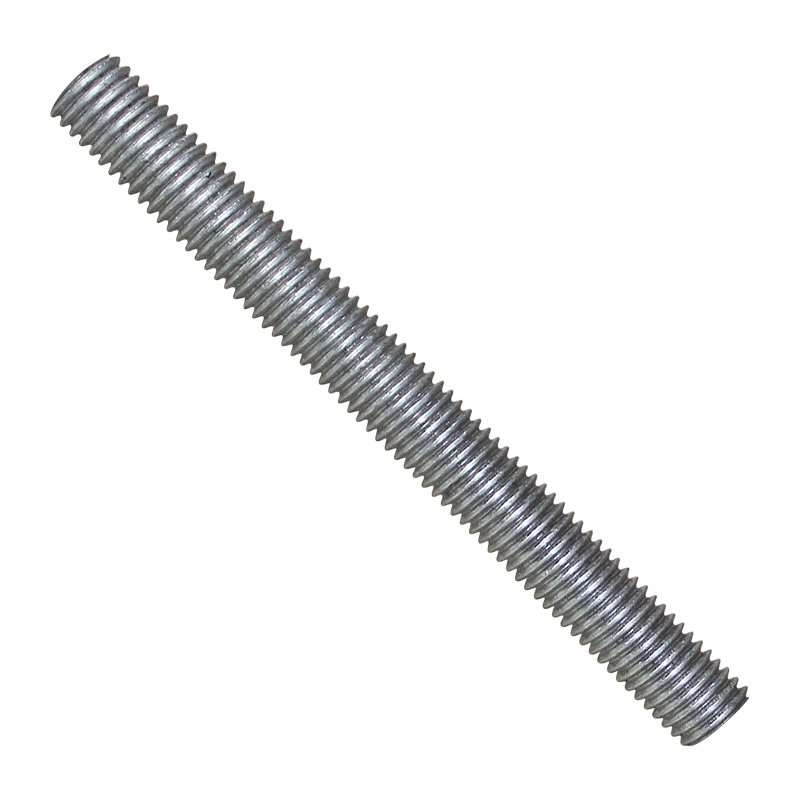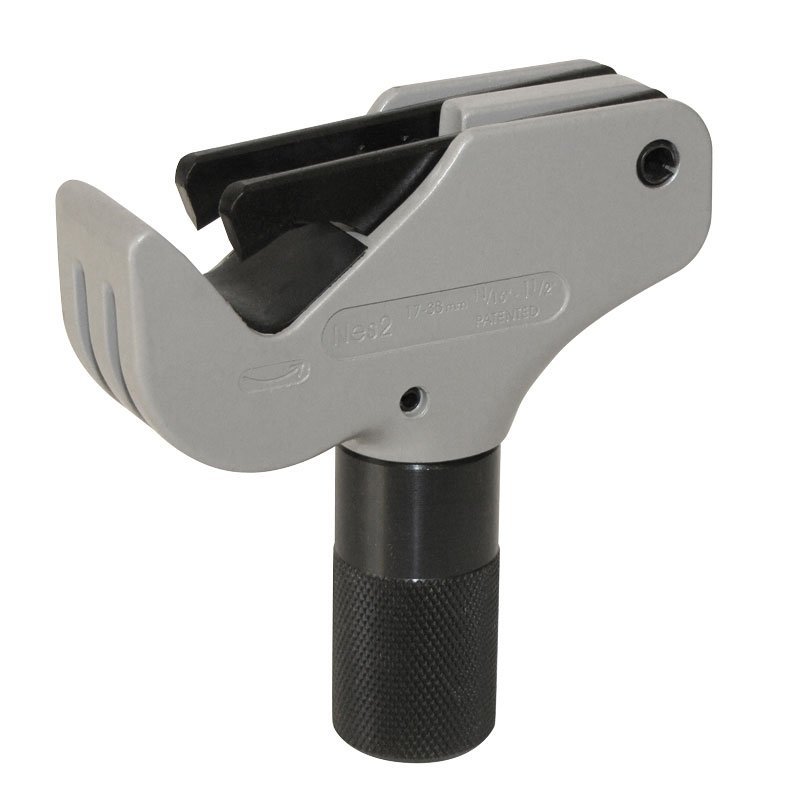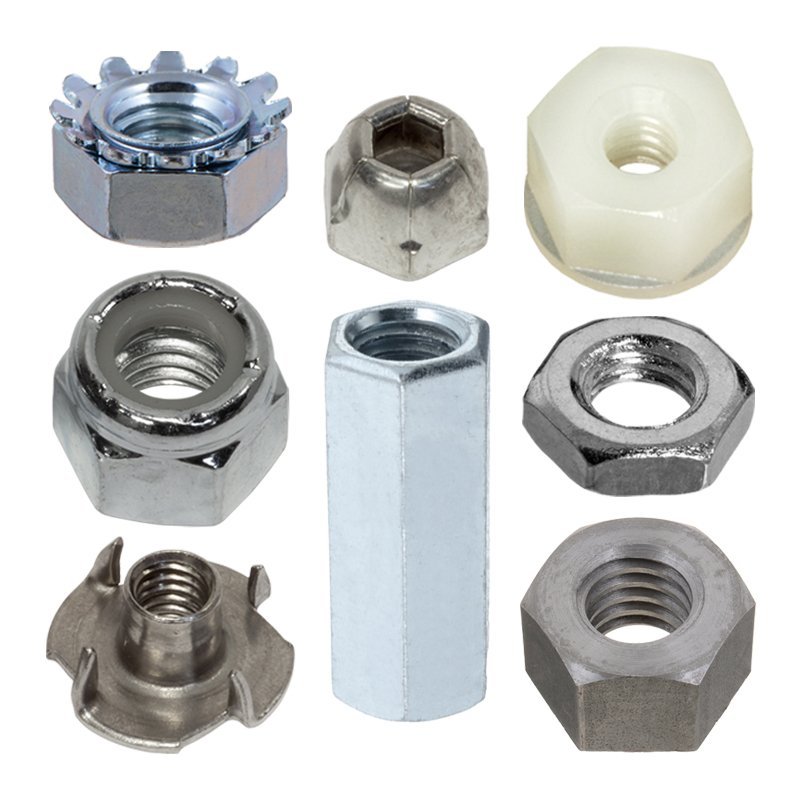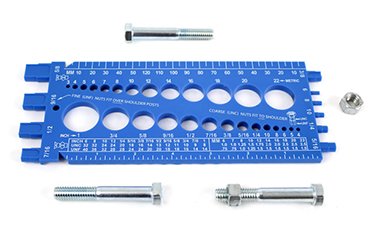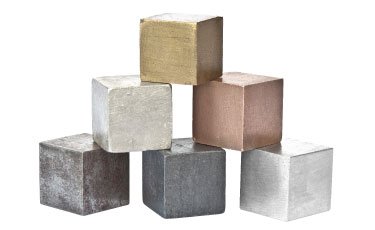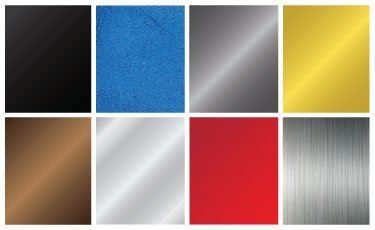Threaded Rods
Threaded Rods
Threaded rods serve as essential connectors, bridging the gap between two objects - be it wood or metal - or establishing a robust link between concrete and other materials. They are indispensable elements in construction and fastening, offering a flexible and reliable solution for a wide range of applications.
Application Considerations
Before using threaded rods in your application, consider the following factors to help you narrow in on a reliable choice of rod.
- Load Requirements: Determine what kind of load or force the rod will need to support. This could include axial or longitudinal loads, shear force, torque, tension, compressive force, etc. This will impact not only the rod's diameter and thread size, but also its material, as different materials will offer different mechanical properties. Learn more in our Mechanical Properties Introductory Guide.
- Installation: Depending on the application in question, you may need to embed your rod into concrete, thread it into position, or perform a different kind of installation. Whatever your installation requirements, ensure that you have the space to accommodate them and that the rod can support them.
- Regulations: Threaded rods are often used in environments that require strict adherence to codes and regulations (construction, plumbing, electrical, etc.). Make sure your rod and mating components comply with any applicable standards.
- Fastener Compatibility: Make sure that whatever mating fasteners you are using (nuts, washers, etc.) share the same thread type and size as the rod you intend to use.
What is the Difference Between Threaded Rods and Threaded Studs?
Fastener suppliers may differentiate threaded rods from
threaded studs in their own way. At Huyett, the main difference is the rod/stud length.
- Rods: Length ranges from 1ft. - 12ft.
- Studs: Length ranges from 2-1/2in. - 4-1/2in.
How to Cut Threaded Rods
When cutting threaded rods, one of the main problems that users run into is damaged threads. The cutting tool does not always facilitate a clean cut, and the threads can chip and cause burrs at the cut end.
A common handy-man trick to avoid this is to attach a nut to the rod and secure it at the desired cutting point. Use the nut as a stationary block to the rest of the rod and cut right up against it. This helps keep the cut clean. After the rod is severed, unscrew the nut up over the cut end. The nut's threads will naturally deburr the end as it twists off.
What Are ACME Threaded Rods?
ACME threaded rods feature ACME threads, which have a 29° angle, a wider tooth, and a flax valley and apex. The design offers extra strength, which makes them well suited for applications with heavier loads.

